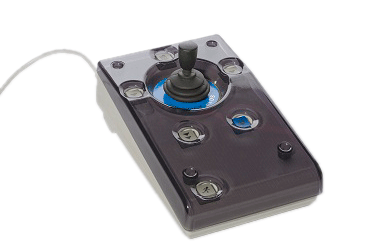What is AAC?
Augmentative and Alternative Communication, or AAC, is any type of communication that does not involve oral speech. People with speech or language disorders rely heavily on AAC tools to communicate their thoughts, desires, needs, wants, and ideas. There are many both no tech and high tech tools available to help those who primarily use AAC.
 |
| By pointing at pictures, students can communicate basic needs with no technology |
 |
| By gazing at specific keys, users can communicate with the world around them |
Accessibility
What is an input device?
An input device is a tool that provides information to the computer. For example, a mouse, keyboard, USB stick, and scanner are all examples of input devices.
 |
| Provides easier access to the computer for those with severe motor disabilities |
 |
| Tobii makes computer usage easier and more accesible |
Peers I commented on:
Jose
Kristen
I really like the idea of a communication board for small children- i think it would be highly effective!
ReplyDeleteI, too, wrote about the eye gaze technology. I have been fascinated with it ever since Stephen Hawking started using it- it seems so space-age to think you can just look at a letter and it will type on the screen!